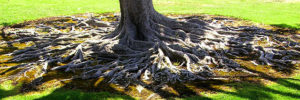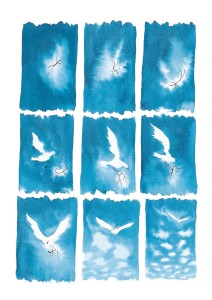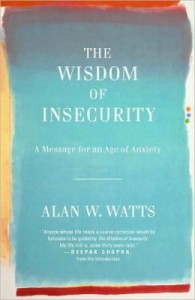Alan Watts
Richard Rohr.
December 4, 2017[The] perennial philosophy . . . is the gold within the sectarian dross of every great religion. —Alan Watts [1]
The “perennial philosophy” or “perennial tradition” is a term that has come in and out of popularity in Western and religious history, but has never been dismissed by the Catholic Church. In many ways, it was actually affirmed at the Second Vatican Council in their forward-looking documents on ecumenism (Unitas Redintegratio) and non-Christian religions (Nostra Aetate). The Church, like the perennial tradition, recognizes that there are some constant themes, truths, and recurrences in all of the world religions.
In Nostra Aetate, for example, the Council Fathers begin by saying that “All peoples comprise a single community and have a single origin [created by one and the same Creator God]. . . . And one also is their final goal: God. . . . The Catholic Church rejects nothing which is true and holy in these religions.” [2] The document goes on to praise Native religions, Hinduism, Judaism, Buddhism, and Islam as “reflecting a ray of that truth which enlightens all people.” [3] This must have taken great courage and brilliance to write this in 1965 when very few people thought that way.
For as long as there have been humans on Earth, it seems we have struggled with the problem of unity and diversity. The dualistic mind, which most of us were taught to emphasize, is incapable of creating unity. It “smartly” divides reality into binaries. It cannot help but choose sides. Can you think of an era, nation, religion, or culture in which the majority has not opposed otherness? When there was no obvious “other” around (for example, sinners, Jews, or Muslims), Christianity divided itself into warring groups calling each other heretics. Yet underneath the very real differences between religions and peoples lies a unifying foundation. I see that unifying foundation as the continual bubbling up of certain constants in all of the world religions, or if you will, the perennial tradition.
Just what is this perennial tradition? I like British philosopher Aldous Huxley’s (1894-1963) description as the combination of a spiritual metaphysics, a recurring psychology of the human person, and an ethic or morality that flows from these two:
- A metaphysic which recognizes a divine Reality substantial to the world of things and lives and minds;
- A psychology that finds in the soul something similar to, or even identical with, divine Reality;
- An ethic that places man’s [sic] final end in the knowledge of the immanent and transcendent Ground of all being.
[This] is immemorial and universal. Rudiments of the Perennial Philosophy may be found among the traditionary lore of primitive peoples in every region of the world, and in its fully developed forms it has a place in every one of the higher religions. [4]
You might not agree with every word of Huxley’s definition or even fully understand it, but it is hard to deny that he is pointing toward truth. In fact, it sounds very similar to the first questions and answers in the old Baltimore Catholic Catechism that I studied in the 1950s.
Alan.
November 6, 2016There is a world of difference between an inference and a feeling. You can reason that the universe is a unity without feeling it to be so. You can establish the theory that your body is a movement in an unbroken process which includes all suns and stars, and yet continue to feel separate and lonely. For the feeling will not correspond to the theory until you have also discovered the unity of inner experience. Despite all theories, you will feel that you are isolated from life so long as you are divided within.
But you will cease to feel isolated when you recognize, for example, that you do not have a sensation of the sky: you are that sensation. For all purposes of feeling, your sensation of the sky is the sky, and there is no “you” apart from what you sense, feel, and know.
The sense of unity with the “All” is not, however, a nebulous state of mind, a sort of trance, in which all form and distinction is abolished, as if man and the universe merged into a luminous mist of pale mauve. Just as process and form, energy and matter, myself and experience, are names for, and ways of looking at, the same thing — so one and many, unity and multiplicity, identity and difference, are not mutually exclusive opposites: they are each other, much as the body is its various organs. To discover that the many are the one, and that the one is the many, is to realize that both are words and noises representing what is at once obvious to sense and feeling, and an enigma to logic and description.
[…]
When you really understand that you are what you see and know, you do not run around the countryside thinking, “I am all this.” There is simply “all this.”
Alan Watts.
[Maria Popova – – brainpickings.org]


